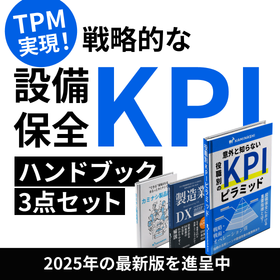1~45 item / All 175 items
Filter by category

Column on the machinery manufacturing industry
We provide useful columns for those working in the machinery manufacturing industry (such as automotive and industrial machinery manufacturing). We deliver information that addresses concerns and challenges related to the machinery manufacturing industry, methods for obtaining and operating certifications and standards (such as ISO and IATF16949), as well as case studies and interviews with people working on the ground.
















































